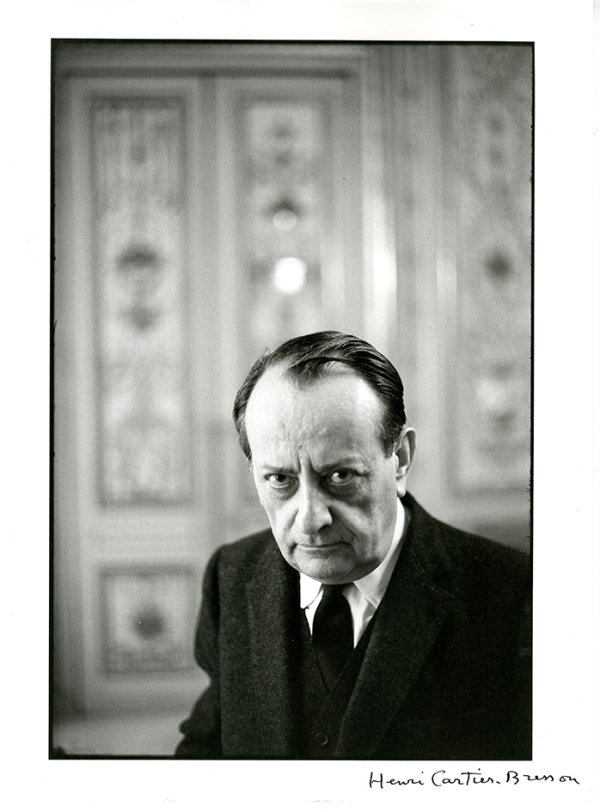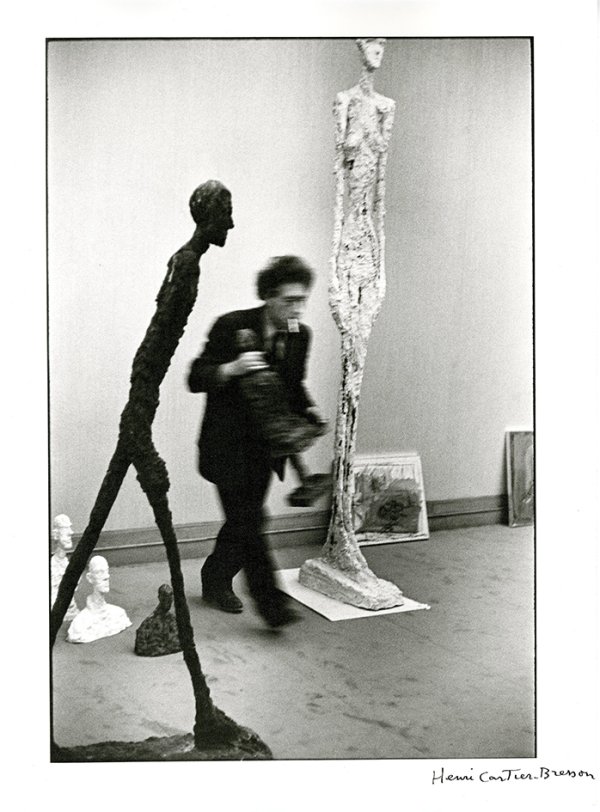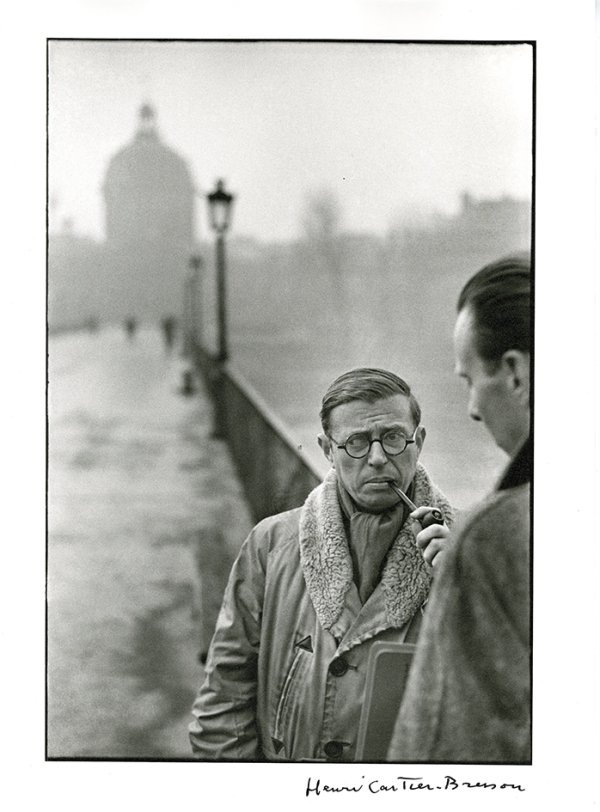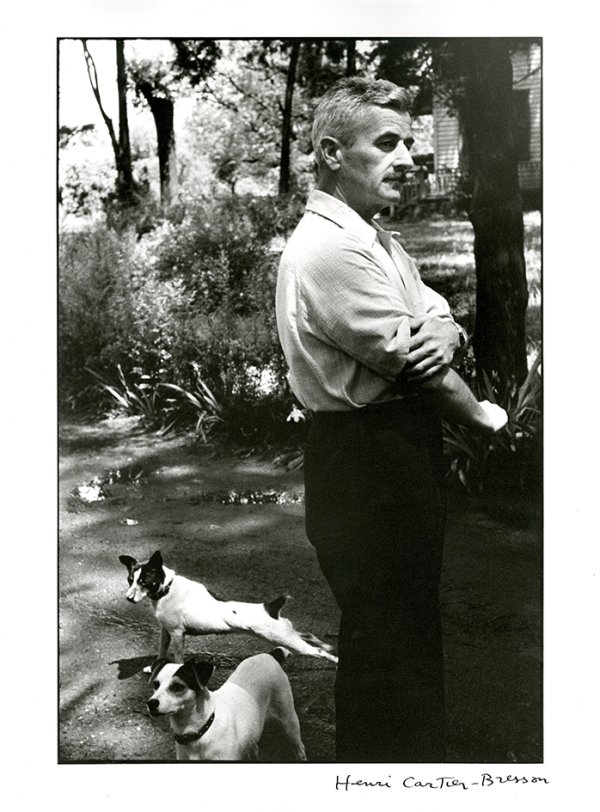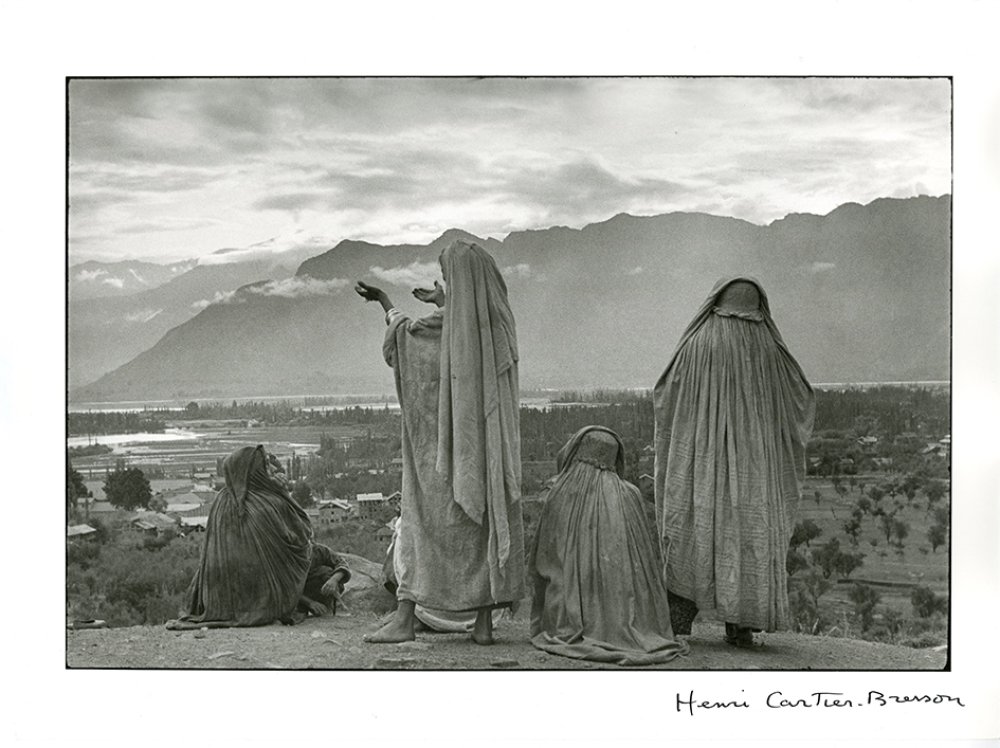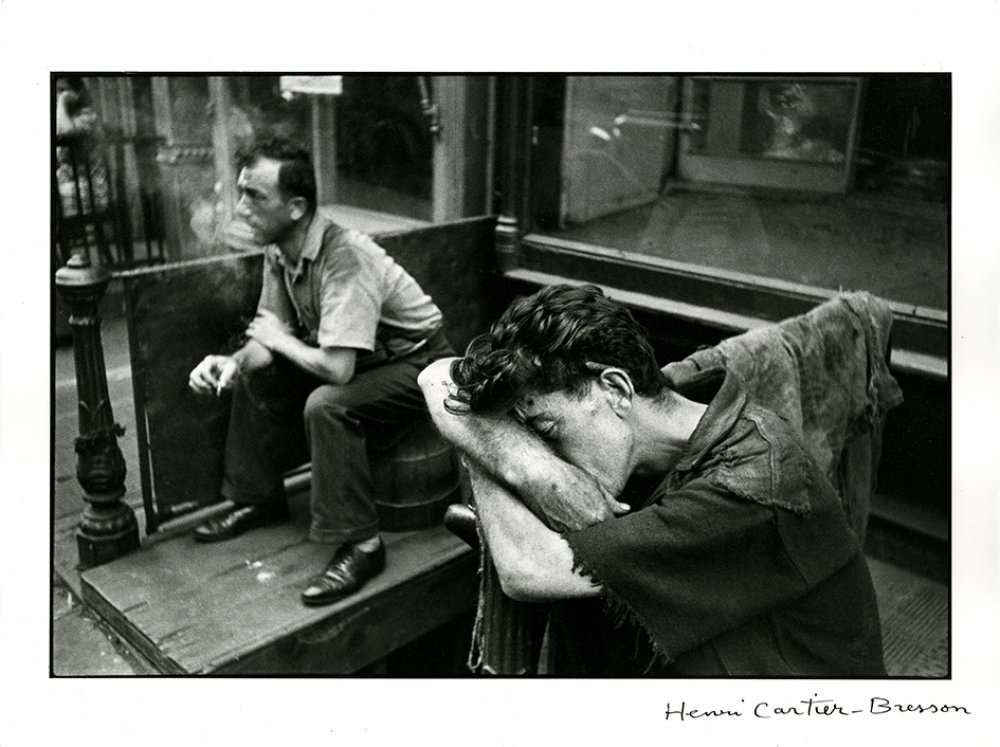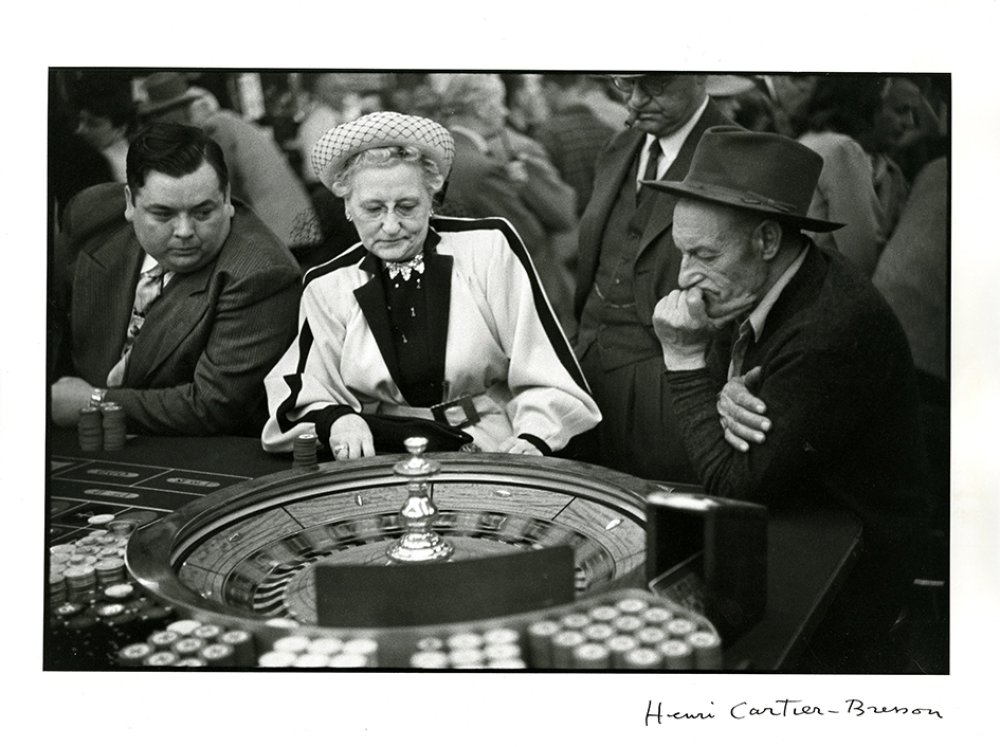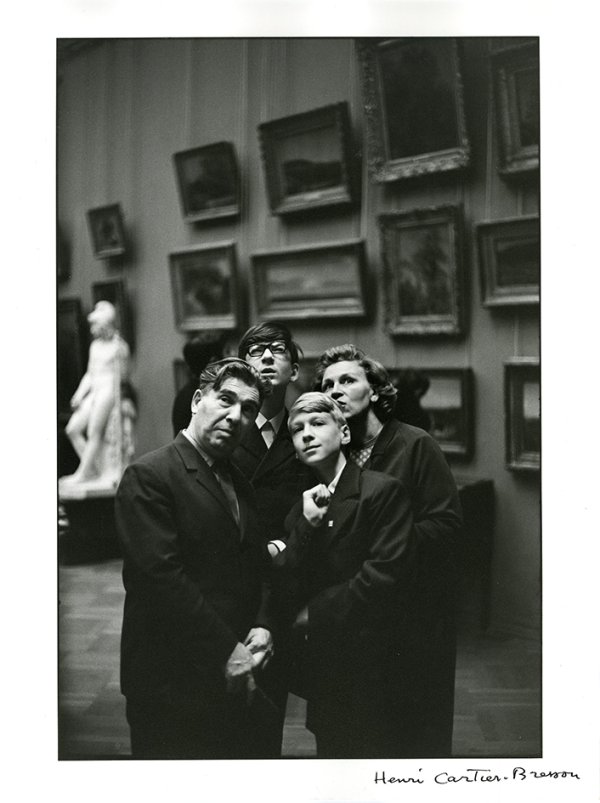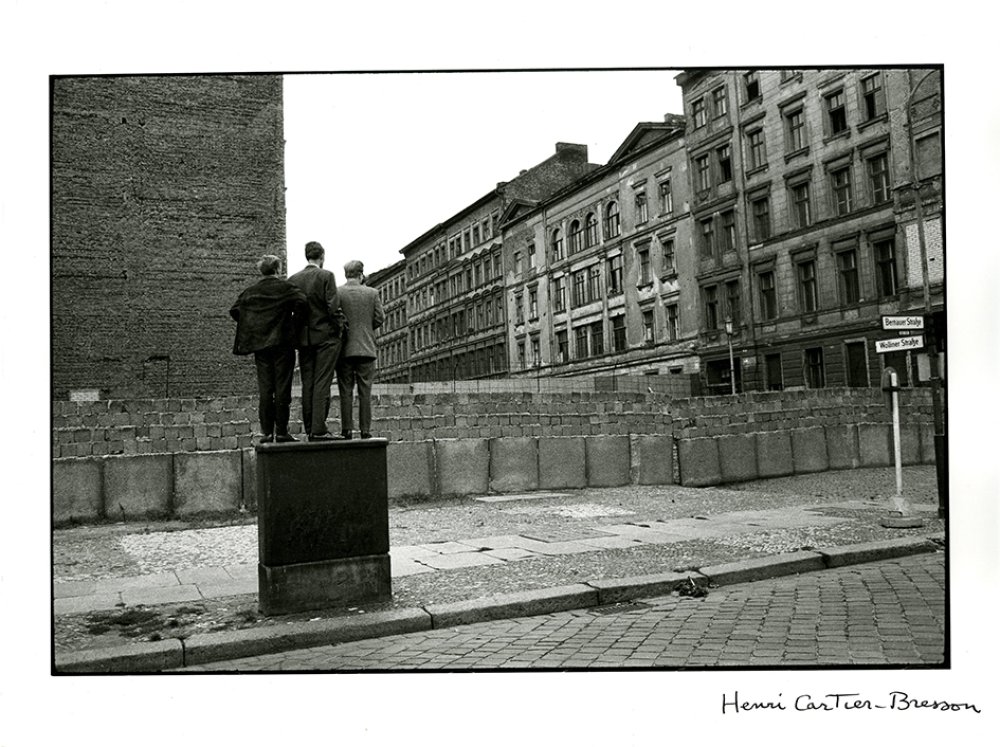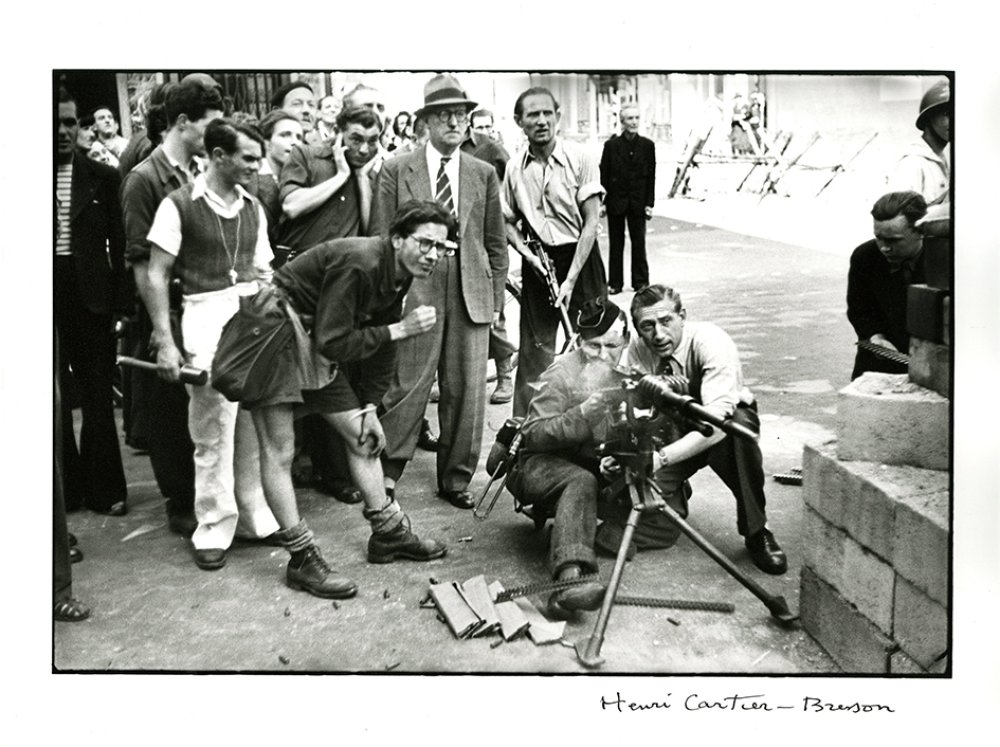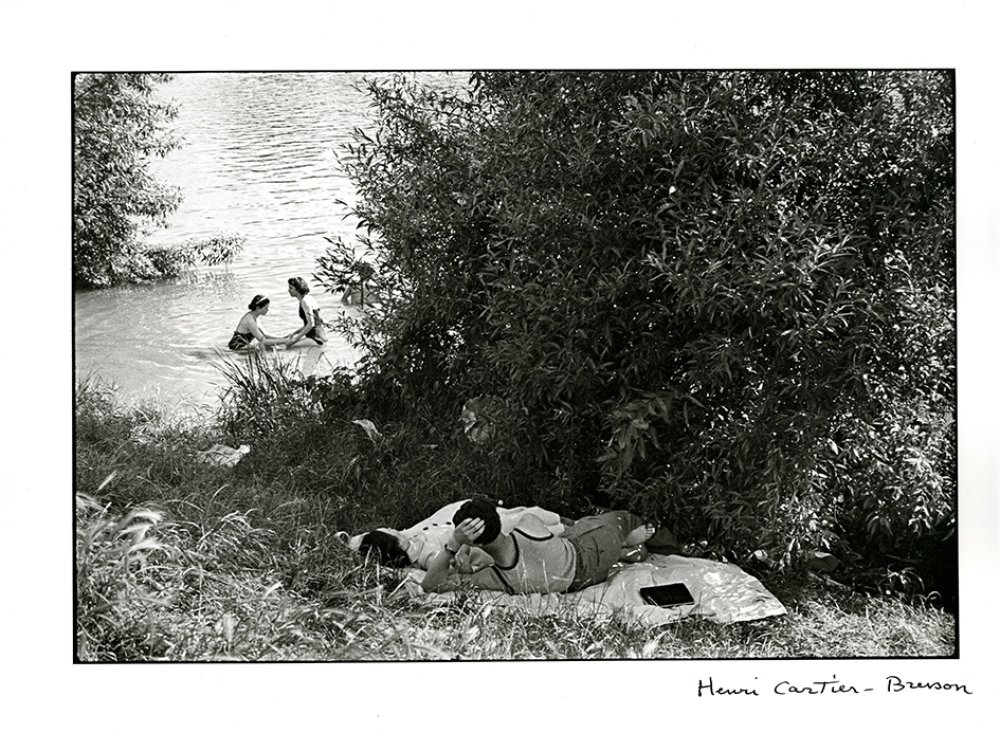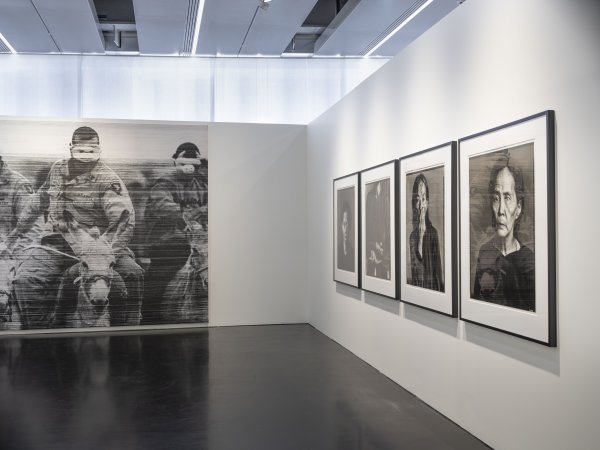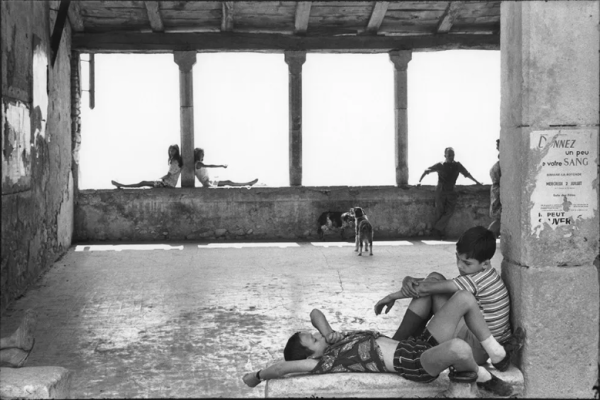Henri
Cartier-Bresson
Cartier-Bresson
“I am visual [...]. I observe, observe, observe. It is through the eyes that I understand,” said Henri Cartier-Bresson. Having started his career as a painter and a film assistant with Jean Renoir, Cartier-Bresson decided he best understood the world through his famous Leica camera. In tune with the cultural changes and successive upheavals of his time, he blazed a unique photographic trail that encompassed Surrealism, the Cold War, the Spanish Civil War, the Second World War and decolonization.
The richness of Cartier-Bresson's oeuvre is a reflection of his multiple lives and travels, mostly as a reporter for Magnum, the photo agency he co-founded in 1948 to promote ‘auteur photojournalism’. Keen to transcribe the human condition through the photographic medium, ‘HCB’ was equally capable of capturing History in one single shot and the intimate life of some of the most famous people of his time. His black and white photographs, either portraits or news pictures, always result from a clever mix of intuition and observation, a quality he called “the decisive moment” as per the expression first coined by Cardinal de Retz.
The photographs by Henri Cartier-Bresson held in the Pinault Collection were first presented in the exhibition Henri Cartier-Bresson. Le Grand Jeu at Palazzo Grassi in Venice, in 2020.

